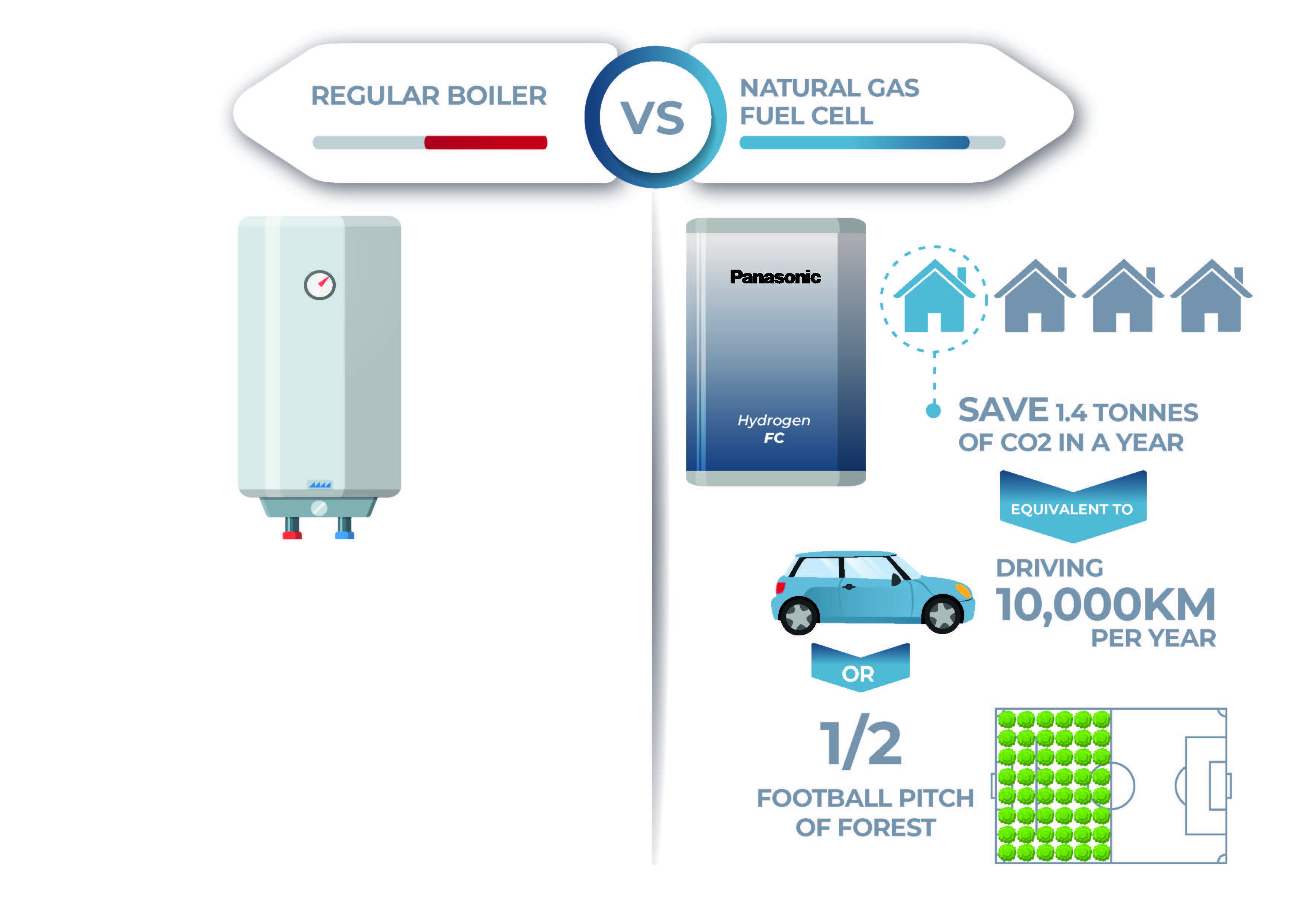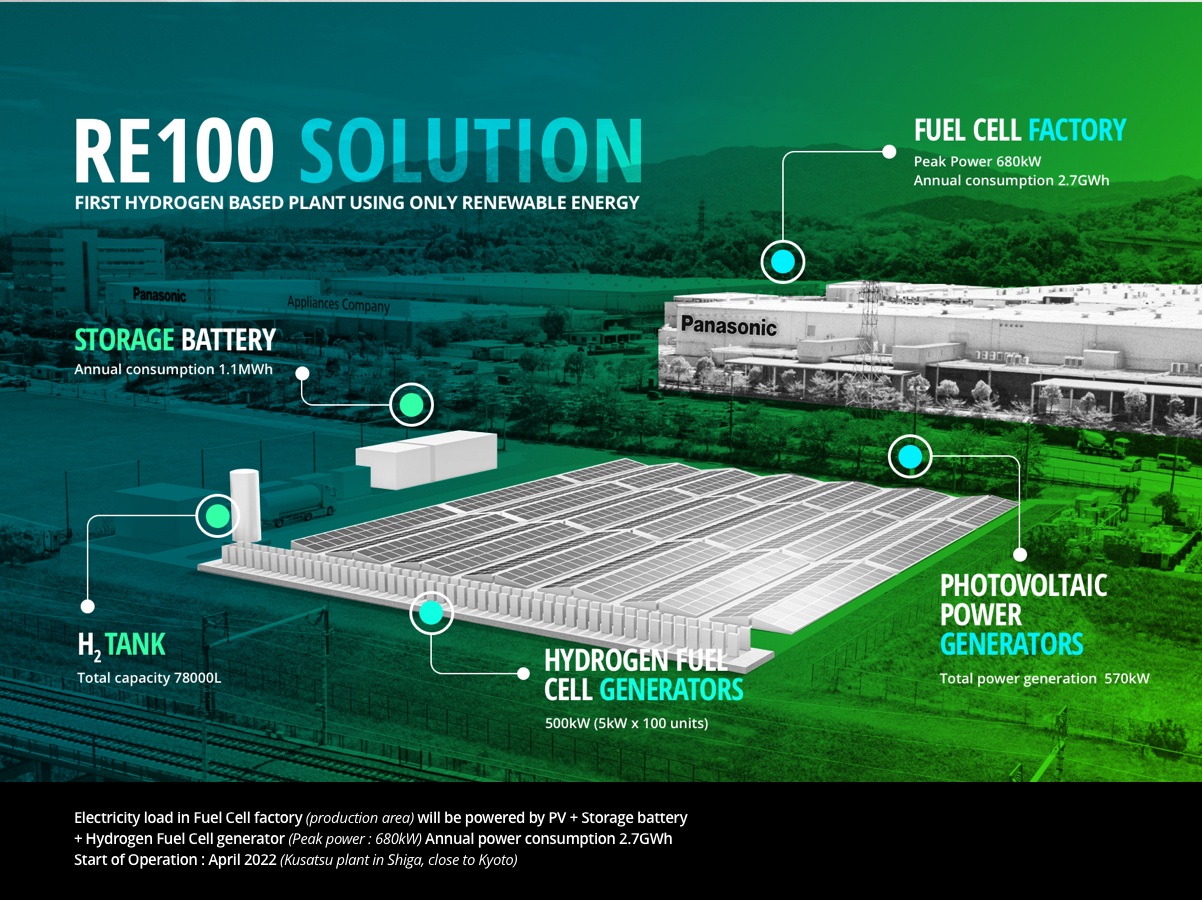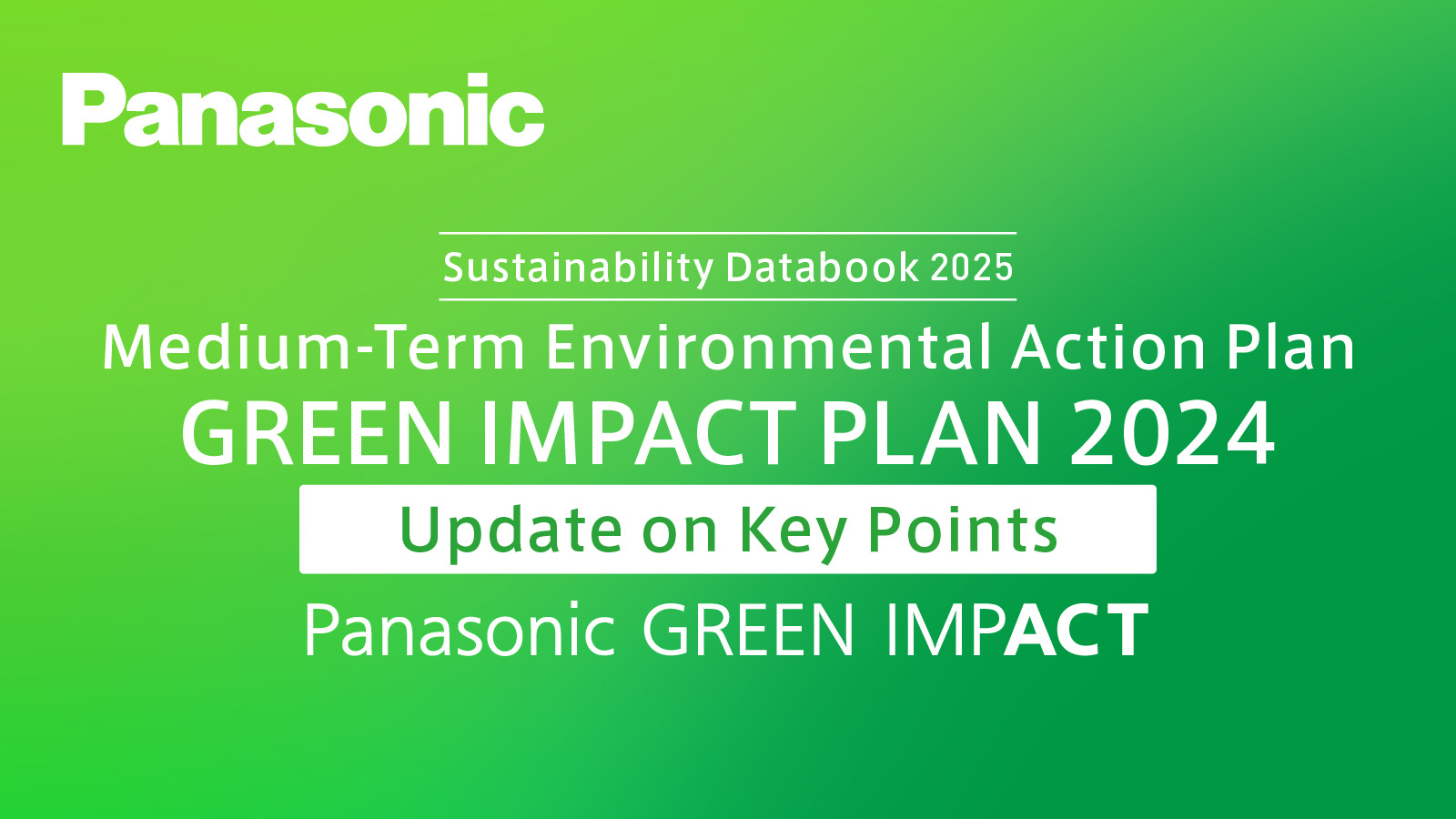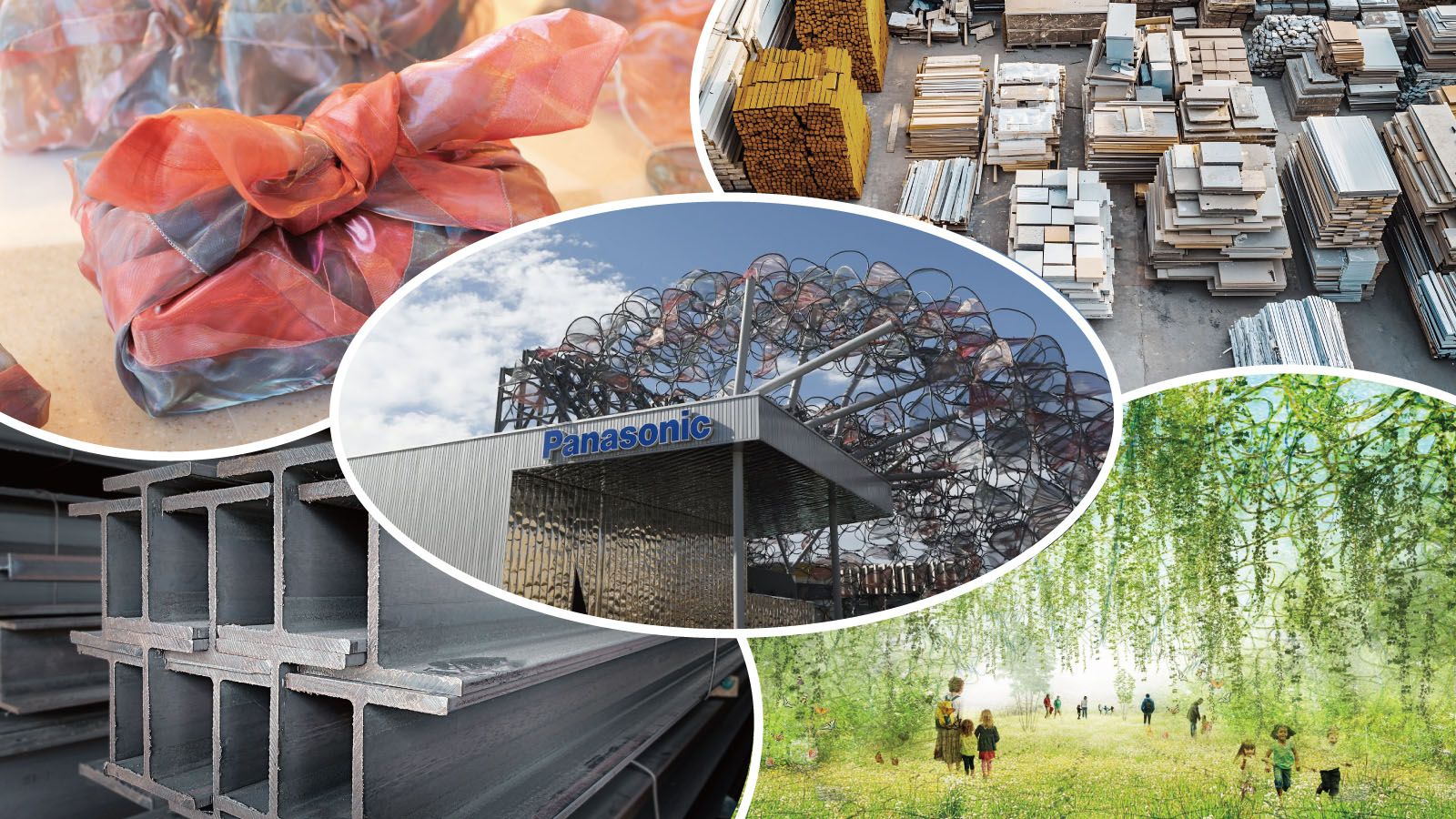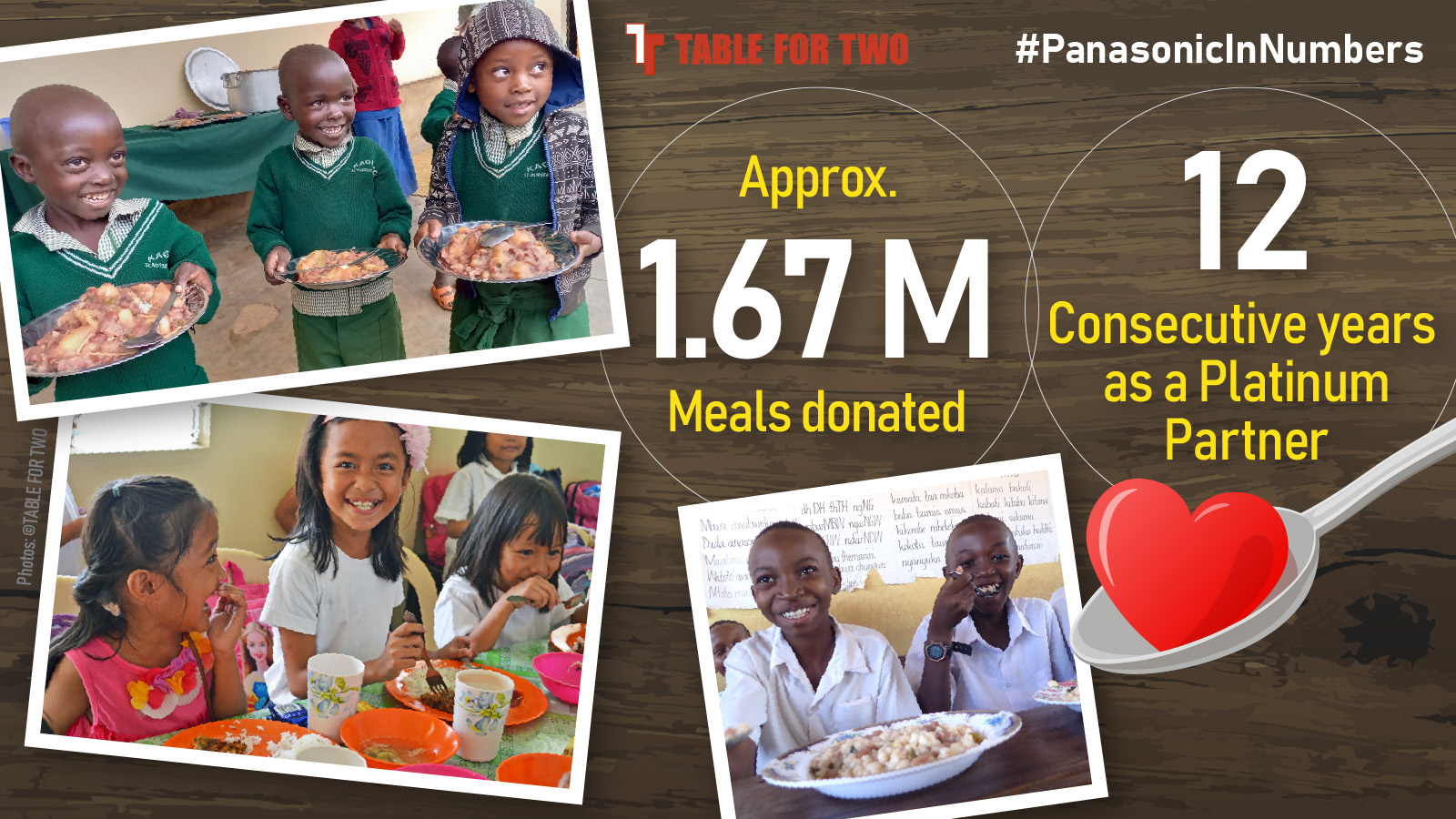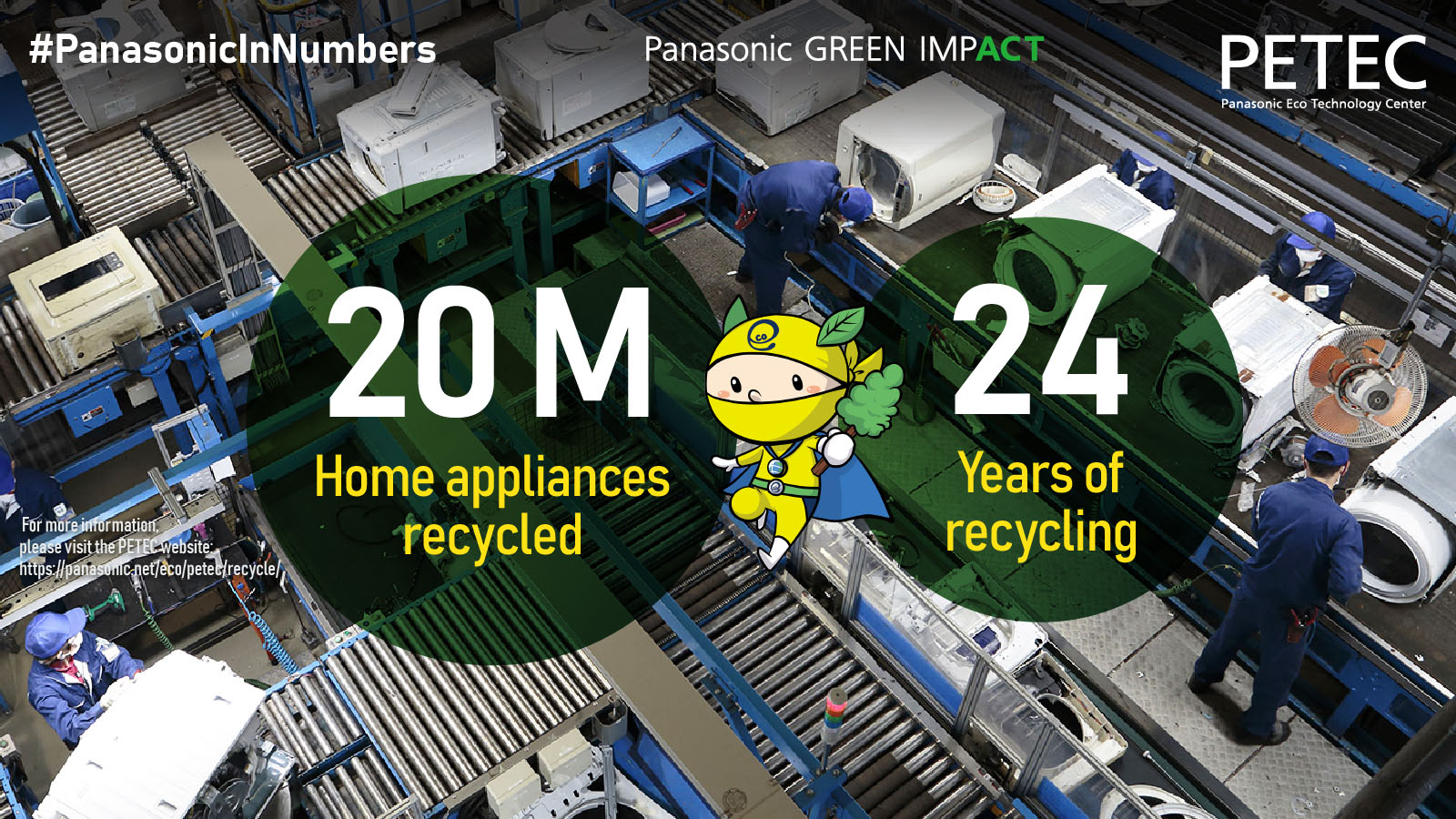
According to the International Energy Agency (IEA), hydrogen has a vast potential to become a critical part of a more sustainable and secure energy future. These findings are increasingly being turned into ambitions. For example, the 'EU Hydrogen Strategy' will see the EU prioritise green hydrogen, produced using wind and photovoltaic electricity, to transform its energy system in the race to be climate neutral by 2050. In this article, we share how Panasonic is working towards a net-zero future with an emphasis on hydrogen and fuel cells.
The role of hydrogen fuel cells in decarbonisation
While it still may be in the relatively early stages of adoption, hydrogen-powered fuel cell systems are a proven technology. Panasonic has been researching hydrogen energy technology for more than 20 years. In 2009 we made household fuel cells--a technology that uses hydrogen extracted from natural gas to produce electricity and heat--commercially available in the Japanese market. Today, nearly 400,000 hydrogen systems have been built into homes in Japan, of which Panasonic has installed roughly half of.
Fuel cells can produce the highest proportion of electricity of any combined heat and power (CHP) technology. It reduces dependence on centrally-generated power, while saving carbon emissions and potential electricity costs. Today, a residential fuel cell system--running on hydrogen extracted from natural gas--can achieve a saving of 1.4 tonnes of CO2 in a year compared to a regular gas boiler.
When the hydrogen is generated from renewable surplus energy such as PV (photovoltaic) panels during the day or by windmills during strong winds, to split water (H2O) into Hydrogen (H2) and Oxygen (O), the created hydrogen can then be stored and used to generate electricity at times when no sunlight or wind is available. Using a pure hydrogen fuel cell system makes it a 100% renewable energy solution.
Additionally, there is a greater efficiency of hydrogen when it is stored, in contrast to the power from PVs stored in batteries which diminishes over the time. The same goes for the transport of electricity through power lines in comparison to hydrogen transported through special gas pipelines. No losses are experienced when transporting hydrogen in contrast to the transport of electricity over longer distances.
Japan's ambitions
Each year, Japan experiences several natural disasters such as typhoons and earthquakes which cuts off residential households and business off from the grid. To diversify and strengthen its energy infrastructure, the country aims to use fuel cells as a power source for transportation as well as stationary applications. This is of great importance during an emergency when dependency on a single source of energy wouldn't be sufficient. Fuel cell technology works well here as it can be used as an emergency power supply during a blackout situation. In Japan many of the electricity grids are wired above the ground and therefore more susceptible to damage by typhoons as opposed to gas pipelines which are underground.
The roadmap for Japan foresees 5.3 million residential fuel cells systems been installed by 2030 equivalent to 25% of all households.
In Europe, Panasonic has been selling its natural gas fuel cell systems to the residential market since 2014, commencing in Germany. Sales have since expanded to the UK, Austria, France, Luxemburg, and Belgium.
What's needed to move towards large scale utilisation of green hydrogen
Panasonic aims to support a green hydrogen-powered society. Here, Panasonic currently works and does tests with different industry partners and runs pilot tests with municipalities and local councils.
For example, in collaboration with Japanese industrial company Tokuyama, Panasonic is currently testing ways to utilise hydrogen as a by-product from the chemical industry (caustic soda).
Realizing a smart city quarter with green hydrogen public installations
To drive the evolution towards net-zero forward, test sites and full operations of pure hydrogen fuel cells are required. Therefore, Panasonic is proud to be one of the first collaborating companies to realize these around the world. For example, in Japan, the Olympic athlete village in Tokyo will be turned into a city complex, a smart quarter if you like, of residential apartments, called HARUMI FLAG.
It is set within a beautiful area overlooking the bay and will accommodate approximately 12,000 residents by 2024. It will be powered by Hydrogen, realized with the provision of a hydrogen pipeline grid by Tokyo Gas, offering a pure hydrogen grid and directory. To this, we will install total 120kW Panasonic pure hydrogen fuel cells (5kW x 6 units in 4 district areas) to supply power for lighting and air-conditioning in common places of the condominium complexes.
Part of Panasonic's development roadmap is that pure hydrogen fuel cells will be ready to launch in Europe before 2025. Timing will depend on the availability of the required infrastructure, but the CO2 savings will be immense for the residential as well as commercial and industrial market.
A Pure Hydrogen Society
Analysts from the European Commission estimate that clean hydrogen could meet 24% of world energy demand by 2050, with annual sales in the range of €630 billion, but it will take a lot of work from all areas to meet such ambitious targets in a relatively short space of time. To transform hydrogen's potential for the decarbonisation of industry, transport, and buildings into reality, investments, regulation, market creation, and research and innovation are required.
On October 1st 2021, Panasonic announced the launch of the first Panasonic pure hydrogen fuel cell generator--'H2 KIBOU'. KIBOU in English is 'hope' and expresses the desire to realize a hydrogen society.
Panasonic is currently building up its own pilot case for carbon-free manufacturing, an RE100 (renewable energy 100%) production solution, using locally produced hydrogen and its own pure hydrogen fuel cells.
- It will be the world's first RE100 factory with full-scale use of hydrogen.
- It will be the world's first solution that combines pure hydrogen fuel cell generators, photovoltaic generators, and storage batteries.
- It will be the world's first integrated control of 100 units of pure hydrogen fuel cell generators as one system. This will be the greatest number of units working together to date.
Construction began in October 2021 and demonstration will start around February 2022 and power supply provided from April 2022. This is the demonstration phase of a plan to offer an RE100 solution to B2B customers (factories, offices and other commercial customers) in 2023 and starting a full-scale business in 2024.
Striving against climate change together - COP26 and beyond
The 26th UN Climate Change Conference of the Parties (COP26) will be taking place in Glasgow from 31 October - 12 November 2021. It is one of many important platforms that facilitate opportunities for discussion and identifying synergies for strategic partnerships. This year, Panasonic will be part of the Japan Pavilion and we would welcome the opportunity to meet with existing and potential partners to work together and contribute to an impactful global change.
This article originates from a blog published on edie, a purpose-driven business media brand which empowers sustainability, energy and environmental professionals of all levels to make business more sustainable.
# # #
Disclaimer:
We would like to note that Panasonic Newsroom is not a place to address personal Customer Service issues. Even though this is not the forum, Panasonic is always eager to resolve your concerns. Our local customer services contacts can be found at Global Support or you can see our list of Social Media Accounts to find the right channel for your queries and concerns.
Related Links
Related News
- [Press Release] Panasonic Launches 5 kW Type Pure Hydrogen Fuel Cell Generator (Oct 1, 2021)
- [Press Release] Tokuyama and Panasonic Start the Demonstration of Pure Hydrogen Fuel Cell Generators That Use By-product Hydrogen (Sep 14, 2021)
- [Press Release] Panasonic to Demonstrate RE100 Solution Using Pure Hydrogen Fuel Cell Generators (May 24, 2021)

